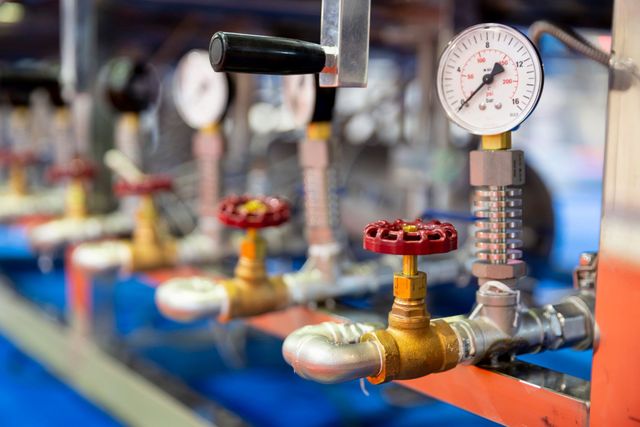Hydraulic fluid level sensors are essential for monitoring the levels of hydraulic fluids in any application. They are designed to provide accurate readings and can detect changes in levels quickly and accurately. There are different types of hydraulic fluid level sensors available on the market today, and it is important to understand the differences between them in order to choose the right one for your application.
Capacitance Sensors
Capacitance sensors are one of the most popular types of hydraulic fluid level sensors. They use two metal plates to measure the capacitance of the fluid between them. This type of sensor is very accurate and reliable, and is often used in industrial settings. The biggest advantage of capacitance sensors is their low cost and easy installation.

Image Source: Google
Ultrasonic Sensors
Ultrasonic sensors are another type of hydraulic fluid level sensor. These sensors use ultrasonic waves to measure the level of the fluid. They are more accurate than capacitance sensors, and can be used in a variety of applications. The biggest disadvantage of ultrasonic sensors is their high cost and complex installation.
Optical Sensors
Optical sensors are a type of hydraulic fluid level sensor that uses light to measure the level of the fluid. They are more accurate than capacitance or ultrasonic sensors, and can be used in a variety of applications. The biggest disadvantage of optical sensors is their high cost and complex installation.
Pressure Sensors
Pressure sensors are another type of hydraulic fluid level sensor. These sensors measure the pressure of the fluid, and can be used to detect changes in levels quickly and accurately. The biggest advantage of pressure sensors is their accuracy and reliability. The biggest disadvantage is their cost and complex installation.